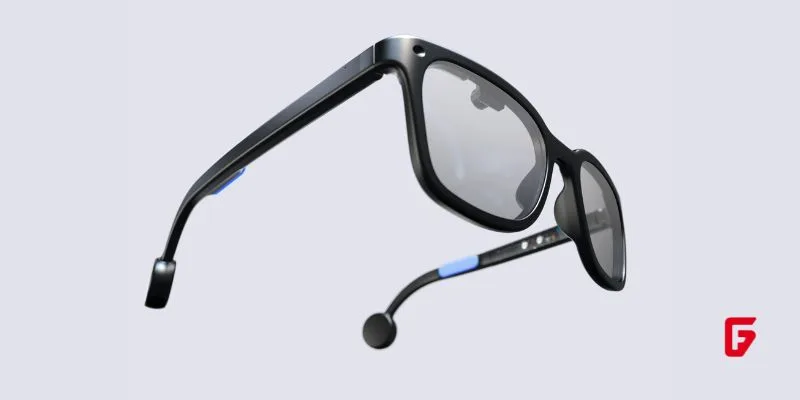Meet Halo: AI Wearables Reimagined
Brilliant Labs, a Singapore-based innovation studio, has just dropped what might be one of the most ambitious AI wearables in years: Halo, the world’s thinnest open-source AI smart glasses. Far from being just another flashy gadget, Halo aims to make memory itself smarter—and private—with a system that remembers not just what you see, but also what you hear and say, all on your terms.
The Narrative System: Memory Beyond the Ordinary
Forget jotting down names or hoping you’ll remember that great conversation; Halo’s Narrative system turns your everyday moments into an AI-powered “journal of your life.” Instead of storing raw audio and video, Halo immediately converts sensory inputs into irreversible mathematical representations. This design ensures that your everyday experiences—names, faces, topics—can be recalled years later without risking your privacy or flooding cloud servers with personal recordings.
This memory architecture goes far beyond what you find in Meta’s Ray-Ban smart glasses or other AI wearables. You get contextual reminders about people or past conversations—yet no raw data ever leaves your glasses. This is especially helpful for those with memory or vision challenges, keeping important details within reach at all times.
Real-Time AI at Your Eyewear
At the heart of Halo sits Noa, a multimodal AI assistant that does more than respond to simple questions. With a pair of bone conduction speakers and dual microphones, Noa can engage in natural, real-time conversations and use your past experiences as context, not just what’s in front of you.
Need to recall the name of someone you just met or pull up a past discussion? Just ask. Noa interacts smoothly, understanding what you see and hear and delivering relevant info back through a heads-up color microOLED display subtly positioned in your peripheral vision.
Technical Specs: Hidden Power in an Everyday Frame
Despite its slim profile and casual style, Halo is a hardware powerhouse:
Display: 0.2-inch, full-color microOLED heads-up, adjustable from +2 to -6 diopters.
Processor: Alif B1 chip with neural processing unit for true on-device AI.
Audio: Dual bone conduction speakers.
Sensors: Low-power optical for AI inference, dual mics, and an IMU for gesture/tap controls.
Battery: Up to 14 hours—all-day use. This trounces other models like Meta’s Ray-Ban by a large margin.
Weight: Just over 40 grams—feels like regular glasses, not a tech prototype.
Vision correction? No problem—Brilliant Labs offers prescription, sunglass, and blue-light filter lenses via partnerships, and the fit supports the majority of users.
Open-Source by Design: Innovation Without Walls
Unlike other brands, Brilliant Labs goes all-in on open-source hardware and software. Every spec, design file, and line of code is available on GitHub, so tinkerers and developers can create their own applications or adapt the hardware at will. The operating system ZephyrOS supports easy app building—just ask Noa in “Vibe Mode” and you’ll see an app materialize before your eyes, no coding required. Share your creation, remix others’, and build a community around the glasses you wear every day.
Privacy and Control: You’re Always in Charge
With all processing done locally on the glasses and no raw images, audio, or data being stored or sent off-device, privacy is woven into every layer. Should you ever want more control, easy voice commands instantly disable the mic, camera, or put the device to sleep. Unlike many other wearables, Halo doesn’t ask you to trade intelligence for intrusion.
Everyday Usability
Halo’s look is as approachable as its promise: classic Wayfarer style, lightweight, inconspicuous. The UI is retro-arcade-inspired—a subtle reminder that serious tech can still have personality.
The smart specs are available for $299 USD, pre-order only, with shipping starting November 2025.
With Halo, Brilliant Labs isn’t just launching smarter glasses—they are changing how we think about memory, privacy, and the future of artificial intelligence (AI) in everyday life. Whether you’re a developer dreaming up new apps or someone who just wants to never forget a name again, Halo delivers unmatched versatility, openness, and user control—without ever feeling like a sales pitch or tech demo on your face.














